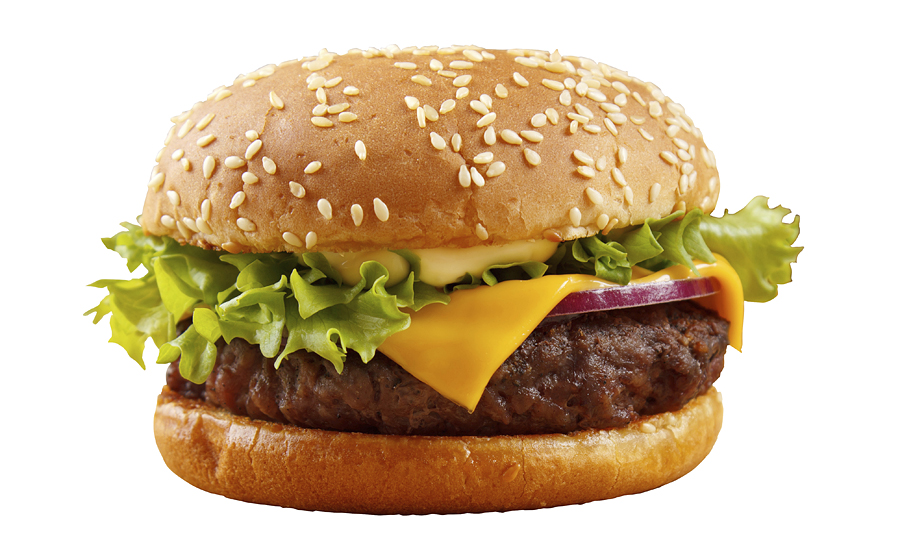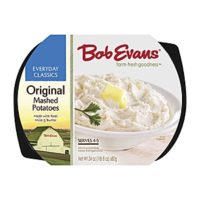Sandwiches, burgers and other handheld items account for nearly one out of every four dollars spent in the foodservice channel in 2016, totaling just over $205 billion in sales, according to "Foodservice Prepared Sandwich Category," a study produced by Technomic Inc., Chicago.
Out of those items, burgers continue to lead the category with 44% of total U.S. handheld sales, while deli and submarine sandwiches follow at 13% and 11% of consumer spend, respectively. Rising consumer favorites include formats such as tacos, burritos, breakfast sandwiches and wraps.
"Burgers and other traditional sandwiches remain the prominent choice for consumers who eat handhelds away from home today," says Dave Henkes, senior principal of Technomic's advisory group. "However, with Millennial and Gen-Z consumers growing in spending power and cultural influence, ethnic flavors and non-conventional formats are redefining what Americans typically identify as a standard sandwich. These unique formats and flavors will only grow as these younger populations continue to mature."
While proteins and carriers are top of mind for sandwich consumers, other components such as toppings and sauces are convenient pathways by which operators can explore novel flavor profiles, such as spicy, sweet and Asian. Trending flavors include Sriracha and ghost pepper-spiked sauces, ginger, wasabi and chipotle.
Additional key takeaways from the report include:
- While more than half (53%) of all handheld sales occur during the lunch or mid-afternoon daypart, consumers are expanding their sandwich consumption to the morning and other snacking occasions.
- Proteins and carriers are ranked as the two most important sandwich components by both operators and consumers, with cheeses, toppings and sauces getting much less attention. Focusing on the quality and variety of meats and breads is also critical for operators to stay relevant in the sandwich category.
- Although sandwiches have a natural affinity for on-the-go consumption, operators and consumers note numerous pain points around packaging and delivery, such as cost challenges, temperature control and green packaging to solidify off-premise quality.






